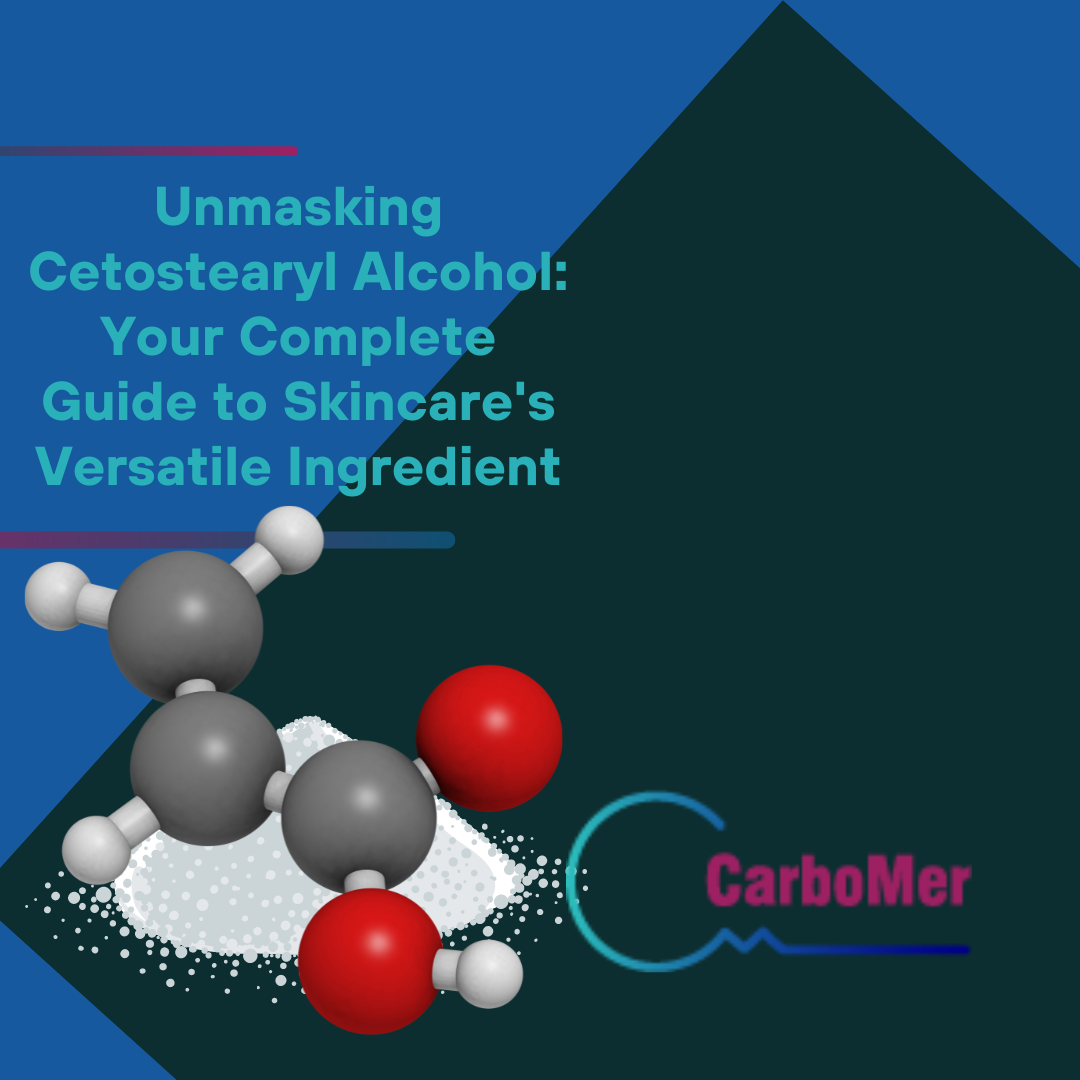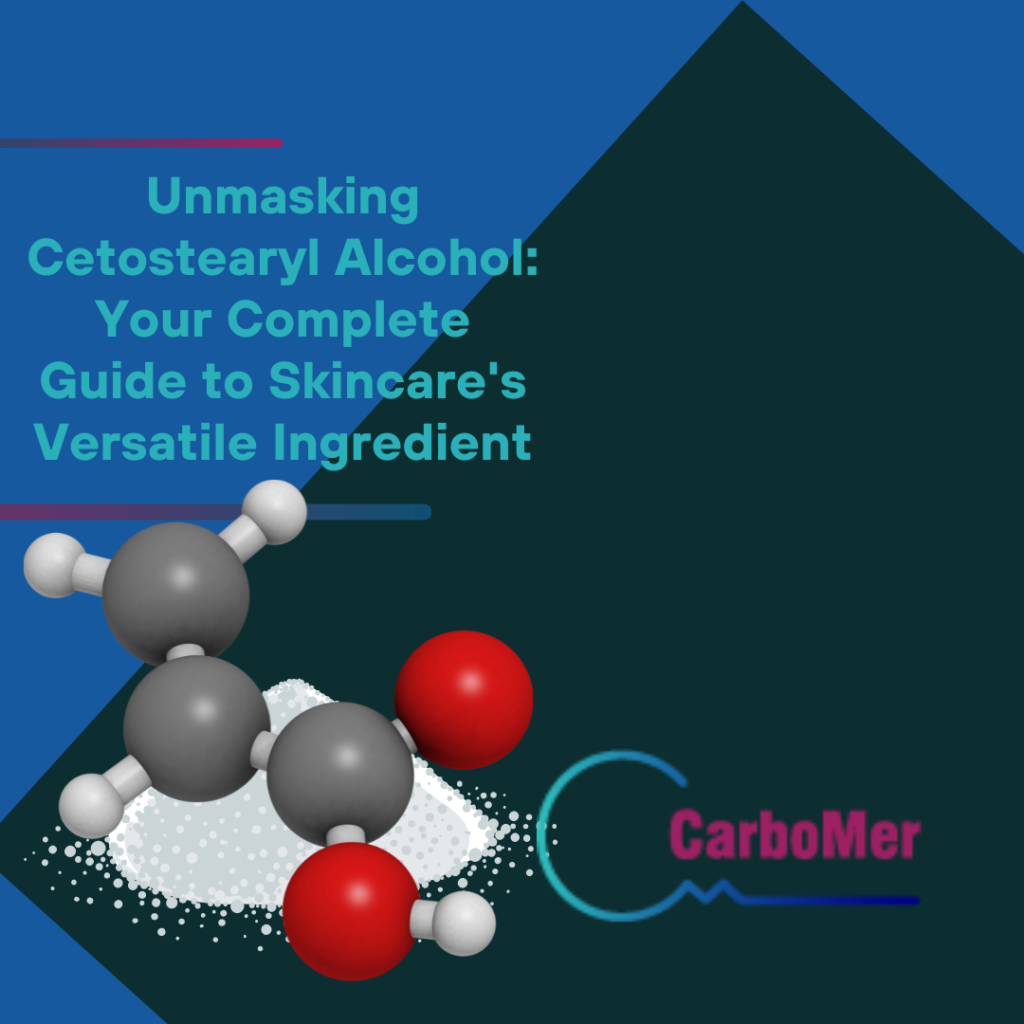
What is Ctostearyl alcohol, and why is it a key player in the personal care industry? Found in your lotions and conditioners, Cetostearyl alcohol functions as an emollient and an emulsifier. It hydrates the skin and binds oil with water in product formulations. Without the jargon, this article will unravel how cetostearyl alcohol helps your favorite products do their job effectively.
Key Takeaways
- Cetostearyl alcohol, derived from palm and coconut oils, is a beneficial ingredient in skincare and haircare products, providing moisture retention and serving as an eco-friendly emollient and emulsifier.
- Its function in cosmetic formulations includes enhancing the product’s texture and consistency, facilitating the blend of oil and water, and improving the application experience.
- While Cetostearyl Alcohol shares similar properties with other fatty alcohols such as Cetyl, Stearyl, and Behenyl alcohols, choosing the right one for a formulation depends on factors like skin type, product type, desired texture, and formula stability.

Cetostearyl Alcohol: The Basics
Often hidden among the long list of ingredients on your skincare products, Cetostearyl alcohol, also known as Cetearyl alcohol, is a mixture of fatty alcohols, consisting of Cetyl and Searyl alcohols. But don’t let the term “alcohol” confuse you. Unlike drying Ethyl alcohol, these fatty alcohols are your skin’s friends.
Cetostearyl Alcohol is identified by several CAS numbers, with 67762-27-0 being a commonly referenced number. It’s a frequent guest in products such as skin creams, lotions, and hair conditioners, thanks to its unique properties which we will uncover in the following sections.
Chemical Structure and Properties
What makes Cetostearyl Alcohol stand out in the realm of skincare is its unique chemical structure. Comprised of Hexadecan-1-ol and Octadecan-1-ol, it appears as a white to off-white solid with a mild waxy odor, and is soluble in Ethanol and light petroleum. Unlike whale oil, which was once used in various industries, Cetostearyl alcohol is a more sustainable and eco-friendly option for skincare products.
It’s not a one-size-fits-all compound – the proportions of its core components can vary, allowing formulators to fine-tune its properties for different applications. Its molecular weight falls around Fw 512.95, which allows it to strike a balance between its fatty alcohol components.
Origins: Palm Oil and Coconut Oil
Cetostearyl Alcohol takes its origins from the lush tropical landscapes where palm and coconut trees thrive. Yes, it’s derived from natural ingredients such as palm oil and coconut oil. These sources not only lend it an eco-friendly appeal but also contribute to the consistency and emulsifying properties of various cosmetic products.
When you spread that lotion on your skin or smooth that conditioner through your hair, it’s the derivatives of palm and coconut oils like cetyl alcohol that ensure a smooth, even application. So, every time you use a product containing Cetostearyl alcohol, you’re tapping into the power of nature to nourish your skin and hair.
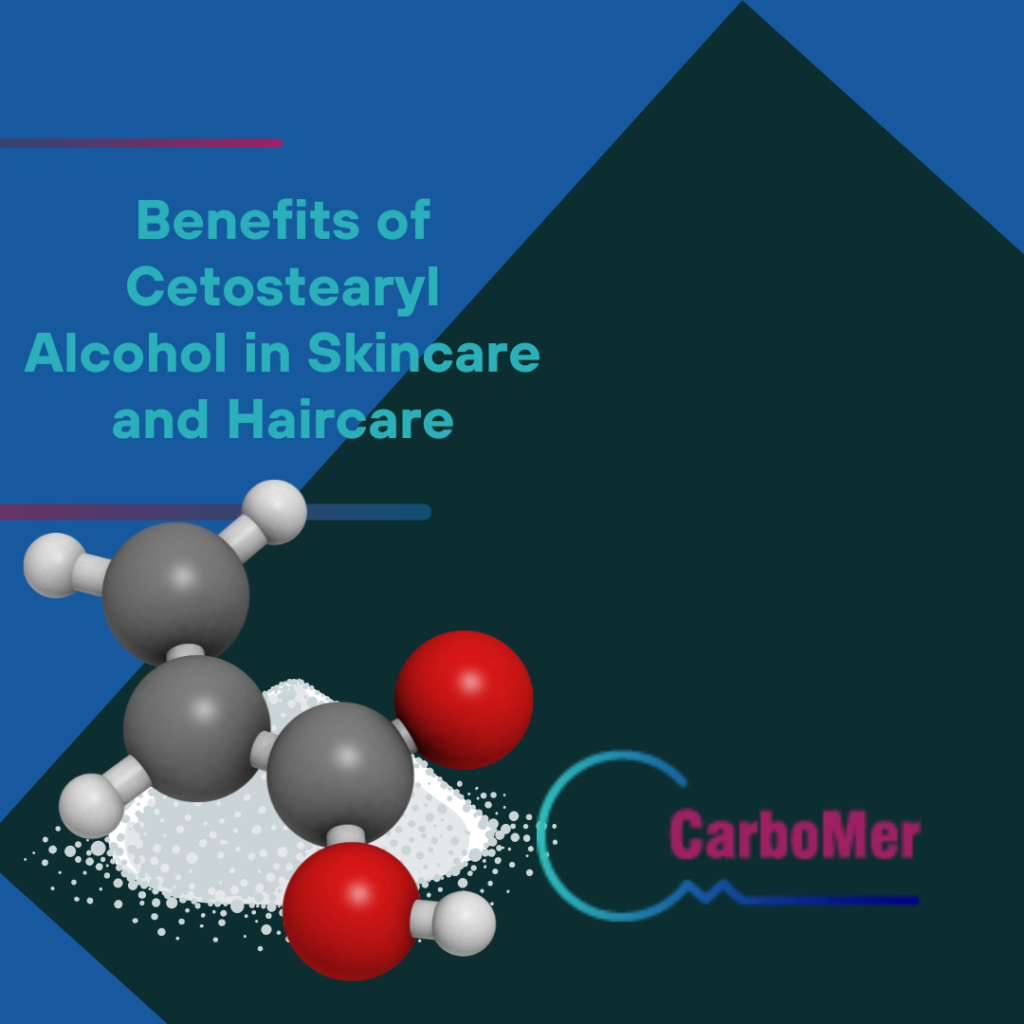
Benefits of Cetostearyl Alcohol in Skincare and Haircare
Having introduced the basics of Cetostearyl Alcohol, we will now explore its benefits in skincare and haircare. This powerhouse ingredient wears many hats, not only softening the skin and hair but also providing moisture-retention properties, suitable for soothing and healing dry skin.
Cetostearyl alcohol, as an emulsifier, contributes significantly to the stabilization of cosmetic formulations by:
- Facilitating the blending of oils and water
- Enhancing texture, consistency, and foaming capacity
- Making applications like creams and shampoos more appealing to consumers.
Moisturizing Effects for Skin and Hair
Cetostearyl alcohol proves to be a powerful ally in fighting dryness. It helps retain moisture in the skin by trapping water, making it an ideal ingredient for dealing with skin dryness. So, if your skin has been crying out for hydration, products featuring Cetostearyl Alcohol might be just what it needs.
In hair care, Cetostearyl alcohol is usually utilized as part of a blend in hair conditioners to maximize its benefits. As a surfactant, it reduces surface tension, enabling more effective blending of oil and water-based ingredients common in skincare products. So, if your tresses have lost their shine or feel parched, a conditioner containing Cetostearyl alcohol could be your hair’s new best friend.
Emulsifying Agent: Oil-in-Water and Water-in-Oil Emulsions
Beyond moisturizing, Cetostearyl alcohol has another crucial role in cosmetic products – acting as an emulsifier. This means it helps to blend oils and water together, creating stable oil-in-water and water-in-oil emulsions.
In simple terms, it acts as a matchmaker, uniting oil and water that would usually part ways. This emulsifying capability is essential for creating both oil in water emulsions and water-in-oil (W/O) emulsions, with oil in water emulsions being easier to stabilize.
Enhancing Product Texture and Consistency
An often overlooked, but crucial aspect of skincare and haircare products is their texture and consistency. Cetostearyl alcohol contributes significantly to this, acting as a thickener in cosmetic formulations, increasing the viscosity and aiding in the creation of a variety of product consistencies, from lightweight serums to rich creams.
By forming an oily layer on the skin’s surface, Cetostearyl alcohol helps to lock in moisture, thereby softening and smoothing both skin and hair. So, whether you’re smoothing a cream onto your face or working a conditioner through your hair, it’s Cetostearyl alcohol that gives the product its luxurious feel.
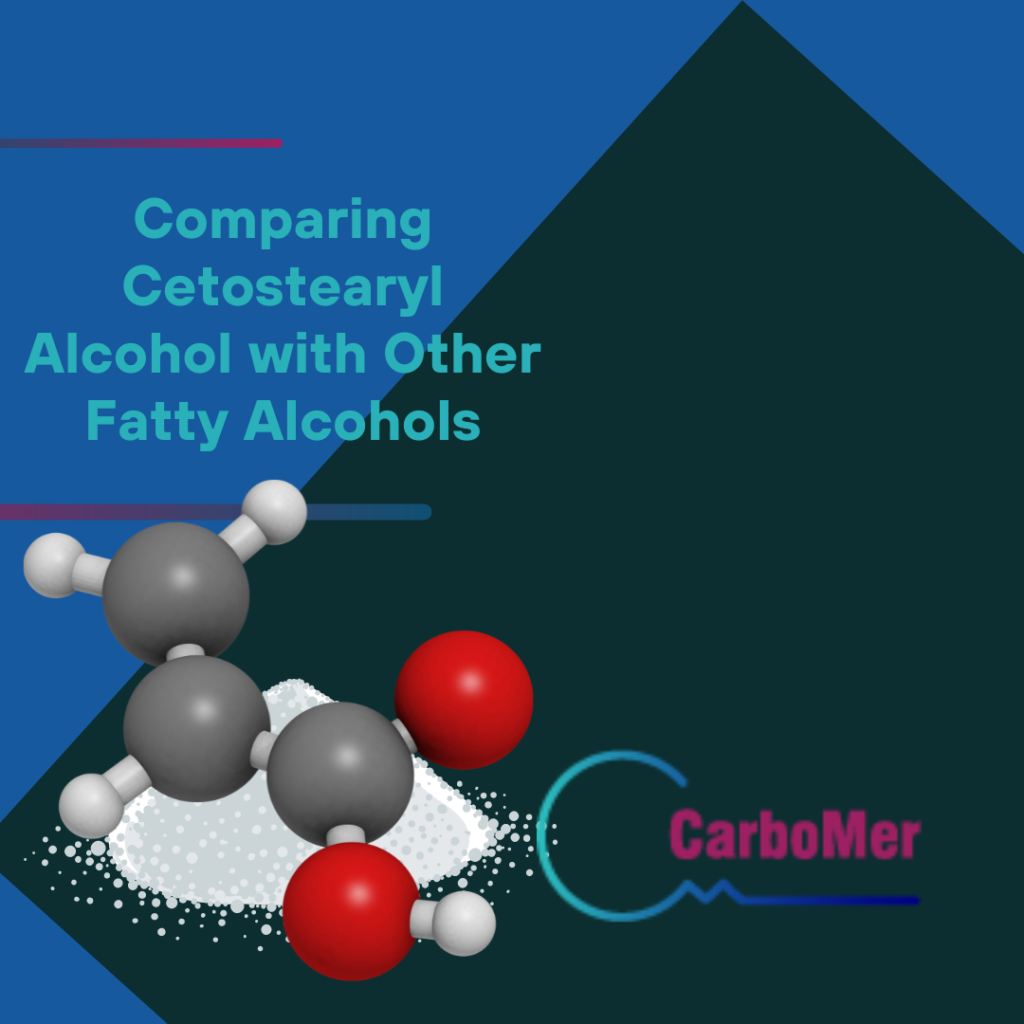
Comparing Cetostearyl Alcohol with Other Fatty Alcohols
Having delved into the world of Cetostearyl Alcohol, it’s time to put it into perspective. How does it stack up against other fatty alcohols, like Cetyl alcohol, Stearyl alcohol, and Behenyl alcohol? Each of these fatty alcohols has its unique properties and uses in cosmetic formulations.
Drawn from the same family, these fatty alcohols share some similarities but also exhibit distinct characteristics. Let’s examine more closely how Cetostearyl alcohol fares against its counterparts in the realm of skincare and haircare ingredients.
Cetyl Alcohol vs. Cetostearyl Alcohol
When comparing Cetostearyl alcohol with Cetyl alcohol, the first thing to note is that Cetyl alcohol is a single compound, while Cetostearyl alcohol is a mixture of Cetyl and Stearyl alcohols.
Cetyl Alcohol is commonly utilized in cosmetic products to provide opacity to shampoos and to serve as an emollient, emulsifier, and thickening agent in skin creams and lotions. Its versatile uses make it a popular ingredient in various personal care items. However, both Cetyl alcohol and Cetostearyl alcohol share similar chemical structures and biological activities, making them safe for use in foods and cosmetics.
Stearyl Alcohol vs. Cetostearyl Alcohol
Moving on to Stearyl alcohol, this fatty alcohol has a longer carbon chain length compared to Cetostearyl alcohol, which is a combination of Cetyl and Stearyl alcohols. This longer carbon chain may provide a heavier feel and more potent emolliency, making it well-suited for intensive moisturizers designed for drier skin.
Both Stearyl alcohol and Cetostearyl alcohol serve as emollients and thickeners in personal care products, such as lotions and creams. Depending on the product, formulators may prefer to use one over the other or a combination of both to achieve the desired formulation.
Behenyl Alcohol: Another Fatty Alcohol to Consider
Last but not least, we have Behenyl alcohol, another fatty alcohol that can enhance the conditioning properties of hair products, including hair and skincare items. It has a higher melting point compared to Cetostearyl alcohol, which can influence its characteristics in a formulation.
However, while it’s effective, Behenyl alcohol is often considered too expensive for use in hair conditioners. This is a reminder that alongside performance, cost-effectiveness is an important consideration in the formulation of cosmetic products.

How to Choose the Right Fatty Alcohol for Your Cosmetic Formulation
With a clearer understanding of Cetostearyl alcohol and its counterparts, the next step involves selecting the appropriate fatty alcohol for your cosmetic formulation. This is not a one-size-fits-all answer, as it depends on factors such as:
- Skin type
- Product type
- Desired texture
- Ingredient compatibility and stability
Whether you’re a formulator working on a new product or a skincare enthusiast trying to decipher the ingredient list on your favorite cream, understanding these factors can help you make informed decisions. Let’s delve into each of these aspects.
Evaluating Skin Type and Product Needs
Primarily, the type of skin significantly influences the choice of fatty alcohol for cosmetic formulations. Different skin types may react differently to certain ingredients.
Therefore, determining whether you have oily, combination, dry, or mature skin is essential for proper skincare. Understanding your sensitive skin type can help guide you in selecting the right skincare products and fatty alcohols for your needs.
Balancing Emollient and Emulsifying Properties
An equilibrium between the emollient and emulsifying properties of Cetostearyl alcohol is key to formulating effective and stable cosmetics. As we learned earlier, fatty alcohols like Cetostearyl alcohol serve as emollients that penetrate the upper layers of the skin, improving moisture retention by filling in spaces between skin cells.
However, Cetostearyl alcohol also acts as an emulsifier in cosmetic formulations, reducing surface tension between immiscible liquids such as oil and water, thus helping to blend them into stable emulsions. Balancing these two properties is vital for the development of cosmetic products to ensure they provide both skin moisturization and product stability.
Ensuring Ingredient Compatibility and Stability
Finally, confirming ingredient compatibility and stability is crucial when choosing emulsifiers like Cetostearyl alcohol for cosmetic formulations. The stability of an emulsion is impacted by various factors beyond the emulsifier used, including the presence of ions, surface tension modifiers, and the polarity of the continuous phase.
In addition to performance and physical characteristics, the selection of emulsifiers in formulations is also influenced by marketing claims and the chemistry of the other ingredients present. Therefore, the selection of the right fatty alcohol is not just about its individual properties but also how it interacts and performs with other ingredients in a formulation.

Summary
As we come to the end of our exploration of Cetostearyl alcohol, let’s take a moment to reflect on what we’ve uncovered. This versatile ingredient, derived from natural sources like palm and coconut oils, plays a pivotal role in many of our favorite skincare and haircare products.
From its unique chemical structure and properties to its moisturizing, emulsifying, and texture-enhancing capabilities, Cetostearyl alcohol truly is a skincare superstar. With knowledge comes power – the power to make informed decisions about what we apply to our skin and hair. The next time you pick up a skincare product, you’ll now have a deeper understanding and appreciation of what goes into it.
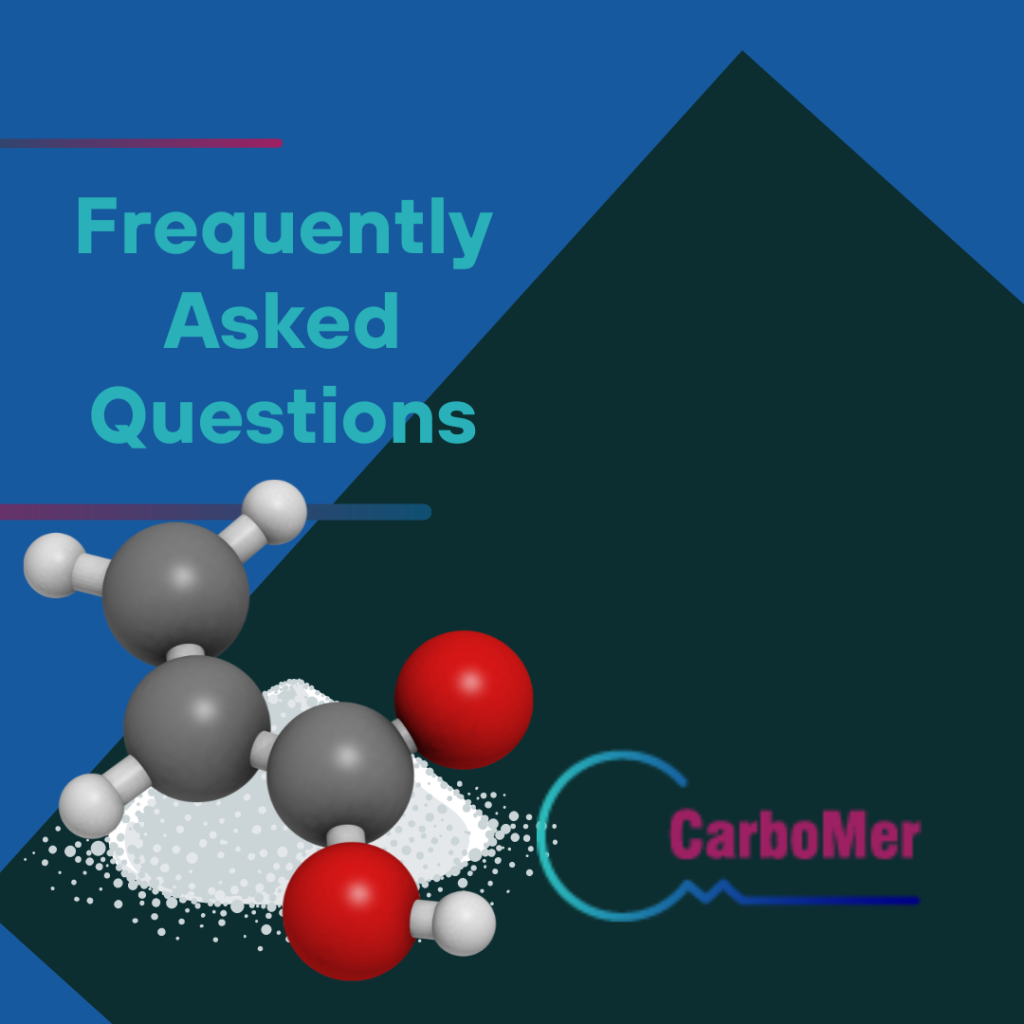
Frequently Asked Questions
Is Cetostearyl alcohol safe for skin?
Cetostearyl alcohol is considered safe for the skin and is permitted by the FDA as an ingredient in alcohol-free products.
What is Cetostearyl Alcohol and where does it come from?
Cetostearyl alcohol, also known as Cetearyl alcohol, is a mixture of fatty alcohols derived from natural ingredients like palm oil and coconut oil. It consists of cetyl and stearyl alcohols.
What are the benefits of Cetostearyl alcohol in skincare and haircare?
Cetostearyl alcohol provides moisturizing and softening properties for the skin and hair, while also serving as an emulsifier to stabilize cosmetic formulations and improve product texture. It is suitable for soothing and healing dry skin.
How does Cetostearyl Alcohol compare with other fatty alcohols?
Cetostearyl alcohol is a mixture of Cetyl and Stearyl alcohols, while Cetyl and Stearyl alcohols are individual compounds. Behenyl alcohol is another fatty alcohol that can enhance conditioning properties, but it’s often considered too expensive for use in hair conditioners.
How do I choose the right fatty alcohol for my cosmetic formulation?
When selecting a fatty alcohol for your cosmetic formulation, consider factors such as skin type, product type, desired texture, and ingredient compatibility and stability to ensure the right balance of emollient and emulsifying properties. Compatibility with other ingredients is essential.

